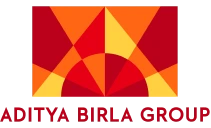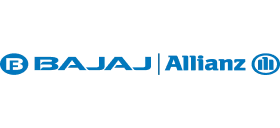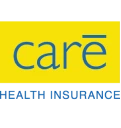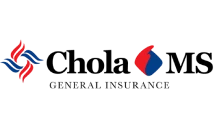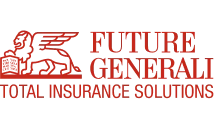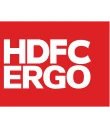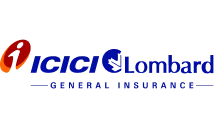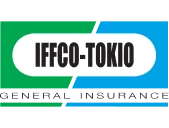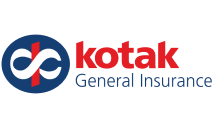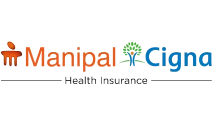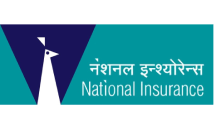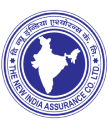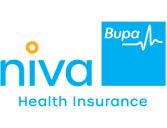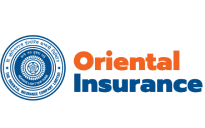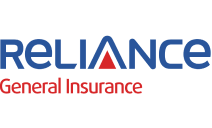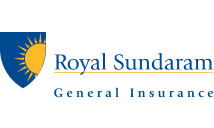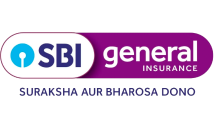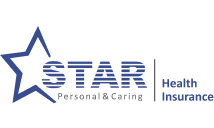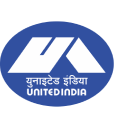The Government takes various steps for the social welfare of the population of India so that their standard of living can improve. Various social security schemes and measures are, therefore, introduced with this aim in mind. One such scheme which the Government introduced in the year 2018 was the Ayushman Bharat health insurance scheme. Let’s understand this scheme in details –
What is Ayushman Bharat health insurance scheme?
The Ayushman Bharat health insurance scheme is a health insurance scheme for the economically weaker sections of the society. The scheme was launched on 15th August 2018 when our honourable Prime Minister, Mr Narendra Modi gave is Independence Day speech. After the introduction, the Ayushman Bharat health insurance scheme was implemented from 25th September 2018. The scheme was called the Ayushman Bharat National Health Protection Scheme when it was launched. However, it has been renamed to Pradhan Mantri Jan Arogya Yojana (PMJAY).
What does Ayushman Bharat health insurance scheme offer?
The Pradhan Mantri Jan Arogya Scheme offers free health insurance coverage of up to INR 5 lakhs to poor and backward class families. This PM health insurance scheme offers cashless hospitalisation and treatments for illnesses.
Who is covered under Ayushman Bharat health insurance?
The PM health insurance policy is meant to cover the economically backward sections of society. This section is identified using the data which is recorded in the Socio-Economic Caste Census (SECC) conducted in the year 2011. As per the census, there are about 8.03 crore families which have been identified to be eligible in the rural sector. In the urban sector, 2.33 crore families have been identified to be covered under the scheme. Thus, the Pradhan Mantri health insurance scheme covers more than 10 crore recognised families in India.
Features of Ayushman Bharat health insurance
Here are the distinguishing features of this Government insurance scheme –
- The coverage level under the policy is INR 5 lakhs. This coverage is allowed on a family floater basis
- Any number of family members can be covered under the plan. There is not even an age restriction on the age of family members. Members of all ages can be covered
- The claims would be settled on a cashless basis and the insured member can avail cashless treatments
- This is a free Government health insurance plan for which the insured member does not have to pay any premiums. The cost of coverage is borne by the Government itself
- Families identified under the eligibility norms and categories in the SECC database are automatically covered. They don’t have to enrol for the scheme formally
Entitlement categories under Ayushman Bharat health insurance
As mentioned earlier, this Pradhan Mantri health Yojana covers specific families as mentioned under the SECC database. The database specifies different entitlement categories. These categories depend on the extent of poverty suffered by the covered family. For rural areas, six entitlement categories are mentioned which measure the family’s depravity based on the SECC database. These categories are D1, D2, D3, D4, D5 and D7. If the family falls in any of these categories, coverage under PMJAY would be extended to it.
Eligibility parameters of PMJAY
Families in any of the afore-mentioned entitlement categories are covered under Modi health insurance scheme. Moreover, other families, which do not fall under any entitlement category, but fulfil specified eligibility conditions can also avail coverage under the PMJAY scheme. The eligibility parameters which should be fulfilled include the following –
- For rural areas –
- The family should live in a one-room house and the house should have kachcha walls and roof
- The family should not have an adult member aged 16 years to 59 years
- If a female is the head of the family, the family should not have an adult male aged between 16 years and 59 years
- The family should consist of a disabled member and there should be no adult who is able-bodied
- The family should belong to Scheduled Caste / Scheduled Tribe
- The household should not own any land and should earn their income primarily doing casual manual labour
- The family should be a manual scavenger family
- The individual should be a destitute
- The family should survive on alms
- Individuals who were bonded labourers and who have been released legally
- Tribal groups
- For urban areas – In the case of urban areas, 11 occupational categories have been identified and individuals and/or families belonging to such categories would be allowed coverage under Modi insurance. These occupational categories are as follows –
- Domestic workers
- Ragpickers
- Beggars
- Sweeper or sanitation worker or gardener
- Shop worker / helper / assistant / peon working in a small establishment / delivery assistant / waiter / attendant
- Washerman or chowkidar
- Street hawker /vendor/cobbler or other service providers working on the streets
- Electrician/mechanic/repair worker or assembler
- Construction worker / plumber / mason / painter / welder / labour / coolie / security guard and other head-load workers
- Tailor/handicrafts worker / home-based worker /artisan
- Driver/transport worker/conductor/helper to drivers and conductors/rickshaw or cart pullers
Even the individuals who were insured under the Rashtriya Swasthya Bima Yojana Scheme would be allowed coverage under PMJAY.
Coverage under Ayushman Bharat health insurance
Under this Prime Minister health insurance scheme, coverage is allowed for the following –Pre and post hospitalisation expensesAll types of secondary care and the majority of tertiary care treatments
The Government has recognised 1354 treatment packages in the scheme. Insured members would be covered for any treatment which is a part of this package. Common examples of treatments which fall under these packages are knee replacement surgeries, coronary bypass surgeries, putting a stent in the veins, etc. The treatment rates of these 1354 packages are 15% to 20% lower as compared to the Central Government Health Scheme (CGHS) and the treatment rates therein.
Exclusions under Ayushman Bharat health insurance
Any type of expenses incurred on treatments taken on an outpatient basis would not be covered under the PMJAY scheme. Such expenses would have to be borne by the insured member himself/herself.
How to avail coverage under Ayushman Bharat health insurance?
The families which are eligible for coverage, as identified by their entitlement categories and other eligibility parameters mentioned above, have been enrolled under the Pradhan Mantri Jan Arogya Yojana. They were sent an enrolment letter containing a unique identification number and a unique QR code. This identification number and QR code would which would help the family to be identified in case of a claim.
In case of hospitalisation, hospitals empanelled under the Ayushman Bharat health insurance scheme have an ‘Ayushman Mitra’. This individual is appointed to help the insured families get cashless treatments. The Ayushman Mitras will check the eligibility of the individual by scanning the QR code contained in the letter. If the QR code matches the covered family’s data in the scheme’s database, the family can avail cashless treatments. The insured member would also have to provide a valid identification proof. After establishing the eligibility of the insured, a ‘Golden Card’ is issued to the covered. This card serves as a health card allowing the member to avail cashless treatments.
The treatment costs would be borne by the Central and the State Government. 60% of the cost would be borne by the Central Government and 40% by the State Government.
Hospitals empanelled under the Ayushman Bharat health insurance scheme:
Every government hospital in India is empanelled under the Ayushman Bharat health insurance scheme and provides cashless treatments to covered individuals.
- There are some private hospitals too which have been empanelled. Private hospitals can be empanelled under the scheme if they fulfil the following eligibility criteria –
- They have at least 10 bedsThey have 24*7 support staff which includes doctors as well as nurses
- They should have a washroom which should be accessible
- They should have a networked IT system which should also be inter-operational to maintain the database of the patients
- The hospitals should have emergency ambulance facility and also an emergency treatment area
- The hospitals should employ a dedicated medical officer to coordinate the schemeThe hospitals should have the necessary technical equipment needed for treatmentsThere should be a blood bank and a diagnostic laboratory in the neighbourhood of the hospitals
- The hospitals should have a valid registration and should be registered with state health agencies
- The hospitals should properly handle water supply, disposal of bio-hazardous materials, etc.
- The hospitals should maintain a dedicated record of patients availing treatments under the Ayushman Bharat health insurance scheme. They should also be ready to share these records with the Government if needed.
Empanelment of hospitals is done online and the State Government does the empanelment. You can find the list of private empanelled hospitals online on the website of the Government. Alternatively, you can also check the hospital list by calling the helpline of the scheme which is 14555.
Documents required for claims
In order to make a valid claim under the PMJAY scheme, the following documents should be submitted by the insured members –
- A valid proof of age
- Aadhar Card which should also be linked to a valid bank account
- Caste certificate
- Income certificate of the family
- Family structure
- Respective special category certificate
- Contact information of the insured member
- Identity proof of the insured member who is making a claim
Benefits of Ayushman Bharat health insurance
The Ayushman Bharat health insurance scheme provides the following benefits –
- It allows poor individuals to have access to quality healthcare facilities
- Since the premiums are nil, poor individuals can avail coverage easily
- The PMJAY scheme is aimed to provide welfare benefit to the economically weaker individuals so that they can take care of their health without a pocket pinch
The Ayushman Bharat health insurance scheme has been the right step taken by the Government for the population which is largely poor. The scheme has proven to be a blessing for the downtrodden and has given them hope of living a healthy life.

